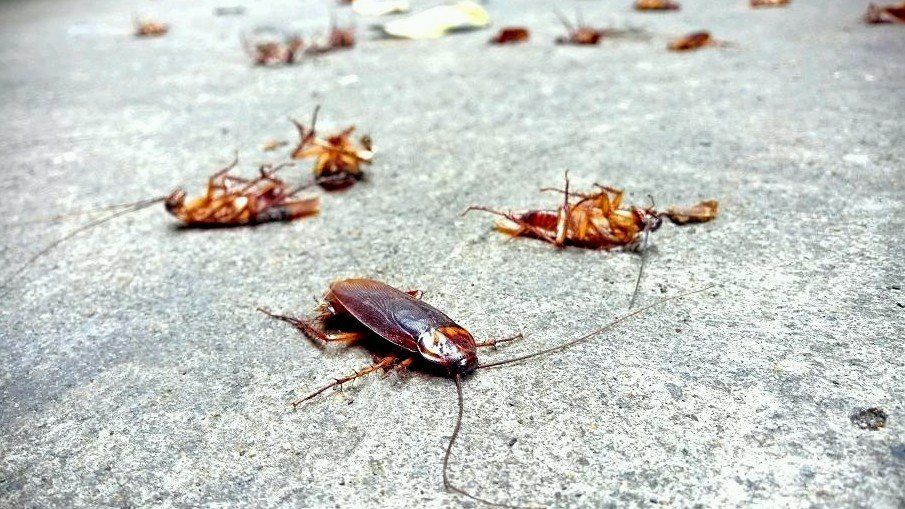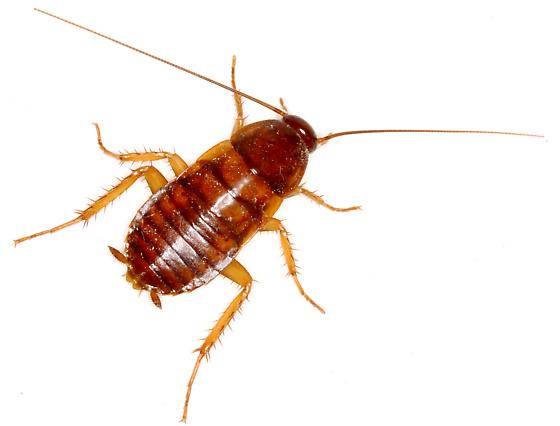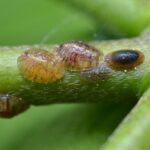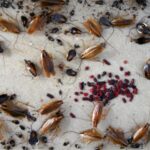When it comes to pests, few are as universally disliked as the cockroach. These resilient insects are often associated with dirt, decay, and disease. But have you ever wondered what a baby cockroach looks like or how it grows into an adult? Understanding the stages of a cockroach’s life cycle can help you combat infestations and improve your home’s hygiene.
What is a Baby Cockroach?
A baby cockroach, often referred to as a nymph, looks quite different from the adult cockroach. Nymphs are typically small, light brown or translucent in color, and lack fully developed wings. They also have an undeveloped reproductive system. Though they may not be as frightening as their adult counterparts, baby cockroaches are just as capable of spreading bacteria and causing infestations.
The Life Cycle of a Cockroach
Cockroaches go through three distinct stages in their life cycle: egg, nymph, and adult. Let’s break it down:
- Egg Stage: Female cockroaches carry an egg case called an ootheca. Depending on the species, a single ootheca can contain anywhere from 30 to 40 eggs. After fertilization, the female may carry the egg case for weeks or drop it in a safe, hidden location where it will hatch.
- Nymph Stage: Once the eggs hatch, the cockroaches emerge as nymphs. These young cockroaches resemble smaller, lighter versions of the adults. They are not yet fully developed and must molt several times to reach their adult form. Nymphs are voracious eaters and are highly adaptable, making it easier for them to thrive in a variety of environments.
- Adult Stage: After several molts, the nymphs grow into adult cockroaches. At this stage, they develop fully functional wings, stronger legs, and a developed reproductive system. Some species of cockroaches can live for several months as adults, during which they reproduce, continuing the cycle.
How to Identify Baby Cockroaches
Baby cockroaches are small, usually measuring between 1/4 inch to 1/2 inch in length. They have six legs, long antennae, and a flattened body shape. The key difference between nymphs and adults is the absence of fully developed wings in the younger stage. They also appear lighter in color and are more translucent. Their ability to hide in cracks and crevices makes them harder to spot than the adults, but knowing what to look for can help you detect them early.
Why Baby Cockroaches are Problematic
Baby cockroaches may be small, but they pose a serious threat to your home’s cleanliness and health. Here’s why:
- Rapid Reproduction: Cockroaches breed quickly, and the presence of baby cockroaches can indicate a growing infestation. Each female cockroach can produce several egg cases throughout her life, which can hatch into numerous nymphs. This rapid reproduction can make it hard to control an infestation if left unchecked.
- Hiding Places: Baby cockroaches are more likely to hide in small, dark spaces, making them difficult to find and eliminate. Common hiding spots include cracks, walls, and even inside kitchen appliances or furniture.
- Health Risks: Like adults, baby cockroaches can carry harmful bacteria and pathogens. These insects are known to spread diseases like Salmonella and E. coli, which can cause food poisoning and other gastrointestinal problems. Their presence can also trigger asthma attacks, especially in young children and people with respiratory issues.
How to Prevent Baby Cockroaches

- Seal Entry Points: Cockroaches can enter your home through small cracks or gaps in doors, windows, and walls. Sealing these openings can help keep them out.
- Maintain Cleanliness: Baby cockroaches are attracted to food and water sources. Regularly clean your home, especially the kitchen and bathroom, to eliminate food crumbs and spilled liquids.
- Proper Waste Disposal: Keep trash cans tightly sealed and empty them regularly to prevent cockroaches from scavenging for food.
- Remove Hiding Places: Cockroaches like to hide in dark, secluded places. Make sure to declutter areas such as basements, attics, and cabinets, where baby cockroaches might nest.
- Use Cockroach Baits or Traps: Cockroach baits and traps can help capture and kill both baby and adult cockroaches. Placing them in areas where you’ve seen signs of roach activity can help reduce the population.
- Consider Professional Pest Control: If you’re dealing with a severe infestation, it may be time to call in pest control experts. They can help identify the source of the infestation and provide more effective treatments.
Conclusion
Although baby cockroaches are small and less intimidating than adults, they can still lead to major issues if not addressed promptly. By understanding their life cycle, identifying potential breeding areas, and taking preventive measures, you can keep your home free from these resilient pests. Regular maintenance and early detection are key to keeping your home pest-free and ensuring a clean, healthy environment for your family.



